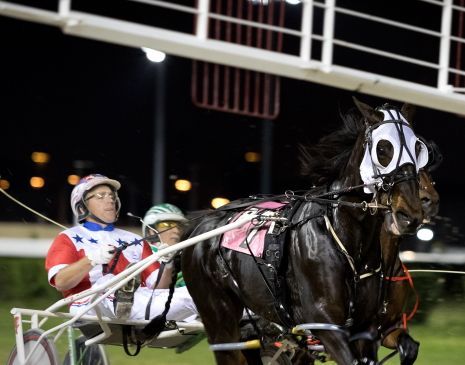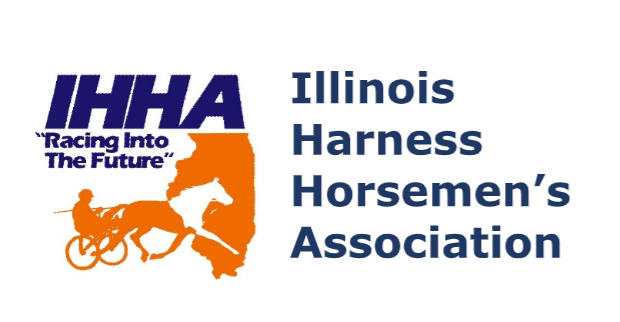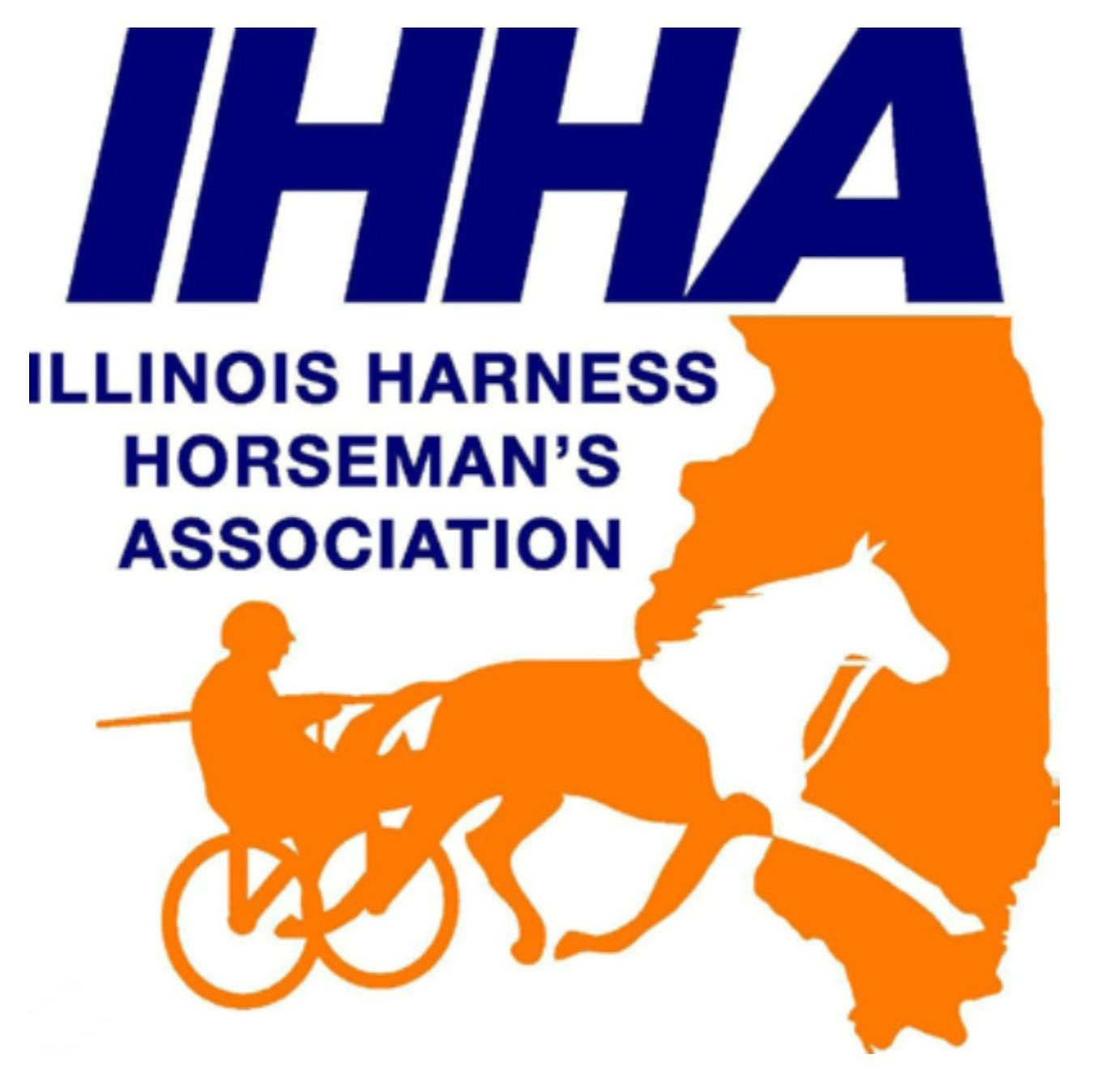Illinois Harness
Horsemen's Association
Illinois Harness
Horsemen’s Association
15 Spinning Wheel Road
Suite 432
Hinsdale, IL 60521
Phone: 630-323-0808
Fax: 630-323-0761
Email:
tsomone@harnessillinois.com

By Mike Paradise for the IHHA
We had an opportunity to chat with multiple Illinois driver champion Casey Leonard on a variety of subjects pertaining to his craft.
Illinois nowadays is down to two tracks for Standardbred racing, Hawthorne, and Springfield. While both are one-mile ovals, they’re quite different in many ways. Hawthorne is a clay and limestone track. Springfield is strictly dirt and it’s more of an oval than Hawthorne with a much shorter stretch (510 feet to Hawthorne’s (1,310) and more sweeping turns.
Q-What’s the biggest difference for a driver between the two tracks?
A-“We get to the first turn much sooner at Hawthorne and that can effect a driver’s strategy. You can get a horse to a 26 or 27 first quarter at Springfield much easier. If you’re leaving hard from the outside at Hawthorne that takes a toll on a horse. Their first turn is much flatter than Springfield’s. With the stretch less than half as long than Hawthorne’s, Springfield favors horses who race up close.”
Q-You get past performance proofs a couple of days before a racing program. How do you select which horse to drive when you have more than one choice in a race?
A-“Of course I’ll always take one of the horses from our barn. In the past my next choice was the horse I thought was best in the race but that has changed over the years. I lot of us will go with a trainer that will use us on one of their better stake horses at the meeting.”
Casey Leonard going to the starting gate with Illinois bred champion Fox Valley Gemini. (Four Footed Foto)
Q-Do you handicap a race before you drive in it?
A-“Absolutely. I’ll look to see how I think the race could play out and where I could be in it. I key on the favorite in a race.”
Q-Do you decide before the start if you’re leaving or not?
A-“Lots of time I do but that can change going to the gate. For instance, if I see that the favorite has an outside post and it appears he isn’t going out, I may try to leave with my horse to get good early position.”
Q-When do you know if the track favors horses on or close to the front or those coming from out of it?
A-“Usually after a race or two. Hawthorne’s racing surface has been inconsistent. However, it was better at their last meeting.”
Q-Is it an advantage to be behind a horse in a race that you have driven in the past?
A-“Yes, especially with older claiming horses. You know what to expect from them.”
Q-Would you agree that classification is the single most important handicapping tool for a horse racing player?
A-“Definitely. Having a horse at the right level is utmost important. It can be rough for a trainer with a claimer. Sometimes they don’t want to lose a horse and feel they need to put them in tougher than they want.
“Sometimes, they’re put in a at level where they simply aren’t good enough. Even in a stake race there are times when a driver knows he’s not behind a “stakes horse” but rather a “stakes-payment horse.”
The 45-year-old Harvard Illinois native comes into the 2023 Illinois racing season with 3,256 career dash winners and over 3,100 of them attained over the last 12 years. Casey won numerous driving titles with the now defunct Maywood Park and Balmoral Park racetracks and was the leading driver for six consecutive years (2016 through 2021) at Hawthorne.
Illinois Harness
Horsemen’s Association
15 Spinning Wheel Road
Suite 432
Hinsdale, IL 60521
Phone: 630-323-0808
Fax: 630-323-0761
Email:
tsomone@harnessillinois.com
Contact Us
We will get back to you as soon as possible
Please try again later
By providing your phone number, you agree to receive text messages from the Illinois Harness Horsemen’s Association. Message & data rates may apply. Message frequency varies. Reply STOP to opt out, reply HELP for help" as well as the Terms and Conditions & Privacy Policy links for anywhere phone numbers are to be entered optional or required.
Copyright 2022 Illinois Harness Horsemen’s Association. Website by Olive Street Design

